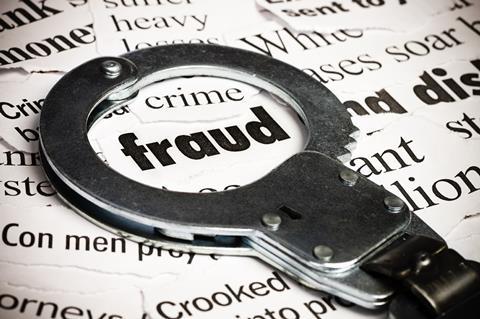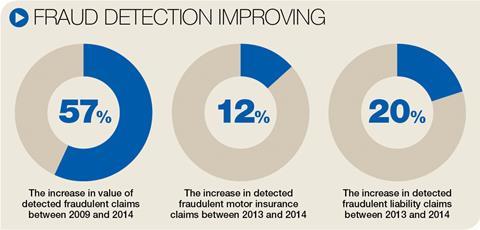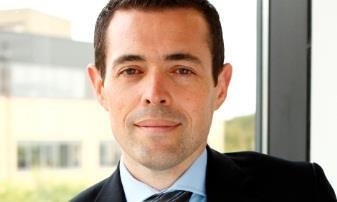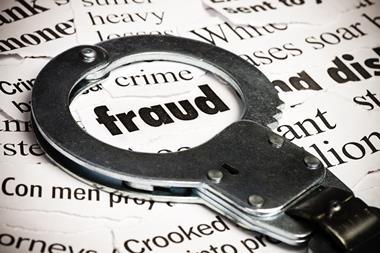Industry initiatives are making it easier to detect fraud

Application fraud surged 18% in 2014, according to ABI research, one year after the introduction of the DVLA MyLicence initiative that allows insurers and brokers to verify driving history in real time at the point of quote.
In total, insurers uncovered 212,000 attempted dishonest applications for motor insurance, equivalent to just over 4,000 each week.
Common lies include “forgetting” to disclose previous claims or unspent convictions, giving a false address or postcode for a low risk area and parents insuring in their name a vehicle mainly driven by their son or daughter (commonly known as “fronting”).
“Industry initiatives, such as the Insurance Fraud Register, MyLicence, which allows insurers to check for any motoring offences, and the work of the Insurance Fraud Bureau (IFB) and the Insurance Fraud Enforcement Department in tackling ghost brokers are helping to reduce the scope for insurance application fraud,” said ABI fraud and financial crime manager Mark Allen.

Click here for a larger version
Claims fraud is another battleground in which Big Data and analytics is being used to spot patterns that are invisible to the untrained eye but can help signal spurious claims.
By collaborating with the government and police and sharing data through various fraud initiatives – including the IFB’s Insurance Fraud Register – the industry is improving its ability to detect a crime that is estimated to increase the average car insurance premium by around £93.
In 2014, insurers detected more than 130,000 cases of fraud, saving insurers on average £3.6m each day. Dishonest motor insurance frauds were most common and of the highest value.
In 2014, reports made to the IFB’s Cheatline ranged from opportunistic fraud (59%), such as when an individual exaggerates a claim, to organised insurance fraud (which made up 41% of all reports).

Downloads
fraud detection graph
Image, Size 87.91 kb
Hosted by comedian and actor Tom Allen, 34 Gold, 23 Silver and 22 Bronze awards were handed out across an amazing 34 categories recognising brilliance and innovation right across the breadth of UK general insurance.














































No comments yet